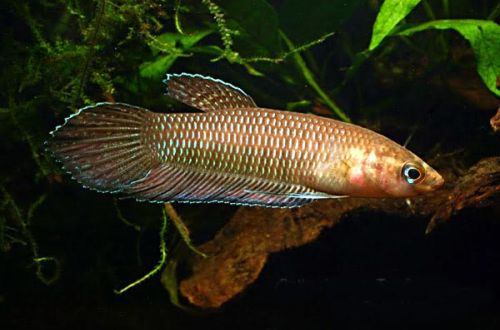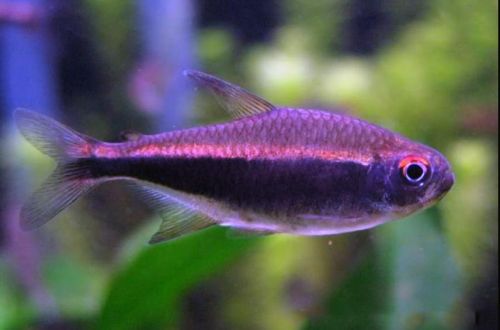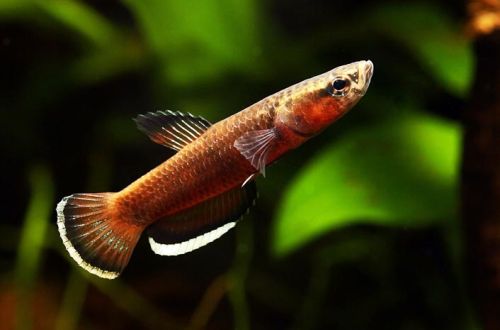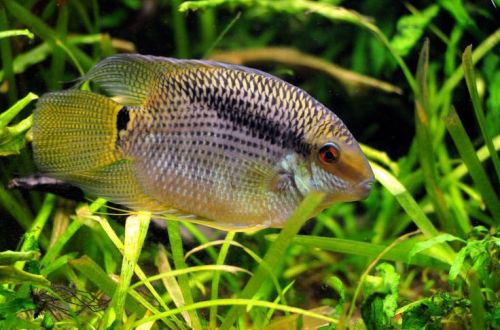
Cichlazomul mezonauților
Mesonaut cichlazoma or Festivum, scientific name Mesonauta festivus, belongs to the Cichlidae family. A good choice for the beginner aquarist. Easy to keep and breed, distinguished by endurance and unpretentiousness. Able to get along with representatives of other species of fish.

Cuprins
Habitat
Widespread throughout much of South America. They are found in reservoirs and river systems of Brazil, Paraguay, Peru and Bolivia. Prefer regions with clean water, slow flow and rich aquatic vegetation.
Informatie scurta:
- Volumul acvariului – de la 120 de litri.
- Temperatura – 22-28°C
- Valoare pH — 5.5–7.2
- Duritatea apei – moale (5-12 dGH)
- Tip suport – nisip/pietriș
- Iluminare – moderată
- Apa salmastra – nr
- Mișcarea apei – ușoară sau moderată
- Dimensiunea peștelui este de aproximativ 20 cm.
- Mese – orice
- Temperament – pașnic
- Conținut singur, în perechi sau în grup
- Durata de viata de pana la 10 ani
Descriere
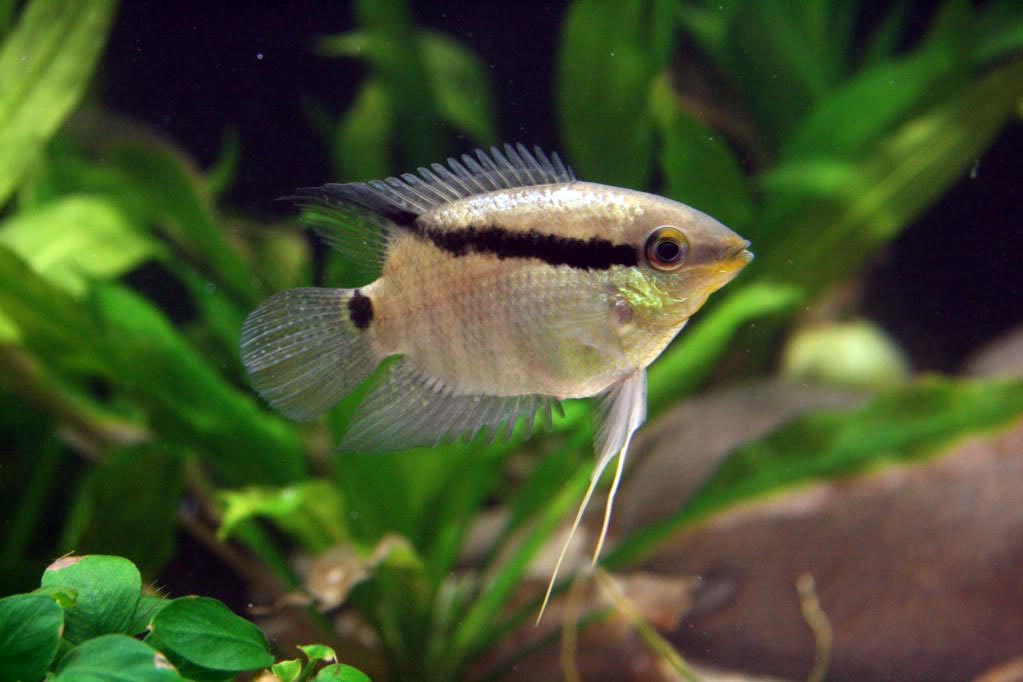
Adults reach a length of up to 20 cm, although their wild relatives barely grow up to 15 cm. Sexual dimorphism is weakly expressed, it is problematic to distinguish males from females. This species is a close relative of the scalar, which is reflected in the appearance. The fish has an angular body shape strongly compressed from the sides. The anal and dorsal fins are pointed. A characteristic feature of the species is a black stripe running diagonally from the eyes to the back of the dorsal fin.
Color varies from silvery to yellow-brown. Coloring depends on the region of origin of a particular subspecies. It is worth noting that in aquariums there are already hybrid individuals.
Alimente
All types of dry, frozen and live foods will be accepted in the home aquarium. It is recommended to combine several types of products, for example, flakes or granules along with bloodworms, brine shrimp. An important condition is the use of herbal supplements. They can be already in dry food or added separately (spirulina, nori, etc.).
Întreținere și îngrijire, amenajarea acvariului
The optimal size of the aquarium for one pair of fish starts from 120-150 liters. The design uses a substrate of fine gravel mixed with stones, a few snags, as well as floating or rooting plants. The latter land in clusters to leave free areas for swimming.
Festivum prefer weak or moderate water movement, medium light level. Good aeration and water filtration must be ensured. Fish are sensitive to the accumulation of organic waste and nitrogen compounds (products of the nitrogen cycle), so monitoring of water quality must be constant. When keeping, the mandatory procedures are: weekly replacement of part of the water (15–25% of the volume) with fresh water and regular cleaning of the soil.
Comportament și compatibilitate
The mesonaut cichlazoma is characterized by calm behavior, compatible with many other non-aggressive species of comparable size. However, it poses a threat to very small fish such as neons, which can become their casual prey. Other large South American cichlids, such as Angelfish, Acara, Brazilian Geophagus, Severum, as well as some species of Gourami and catfish, will be good tankmates.
Creștere / reproducere
As the fish mature, they form a permanent monogamous pair, which persists throughout their lives. How the fish choose their partner has not been studied. But one thing is known – adult fish grown in different aquariums rarely give offspring.
Thus, for breeding, you will either need to find a ready-made pair, or create the conditions for its occurrence. This means getting a dozen young fish from different broods and waiting for the male and female to find each other.
In favorable conditions, with the onset of the mating season, the female lays about 100 eggs, fixing them on the surface of a leaf or flat stone. The male releases a cloud of seed and fertilization occurs. In the wild, the fish prefer to nest on a submerged sugar cane stalk. Cichlazoma searches for a surface with a similar texture and in some cases even refuses to spawn if it cannot find it.
The parents protect the eggs and hatchlings until they are large enough. In order to protect offspring, spawning should preferably be carried out in a separate tank with identical water conditions as in a common aquarium.
Bolile peștilor
Cauza majorității bolilor sunt condițiile inadecvate de detenție, care suprimă sistemul imunitar și fac peștele predispus la boli. Dacă sunt detectate primele simptome sau un comportament neobișnuit, primul pas este verificarea tuturor parametrilor principali ai apei și a concentrației de compuși ai azotului (produși ciclului azotului). De regulă, normalizarea condițiilor afectează în mod favorabil bunăstarea peștilor, iar corpul lor face față bolii în sine. Cu toate acestea, în cazuri avansate, acest lucru nu va ajuta și va trebui să utilizați medicamente. Citiți mai multe despre simptome și tratamente în secțiunea Boli ale peștilor de acvariu.



